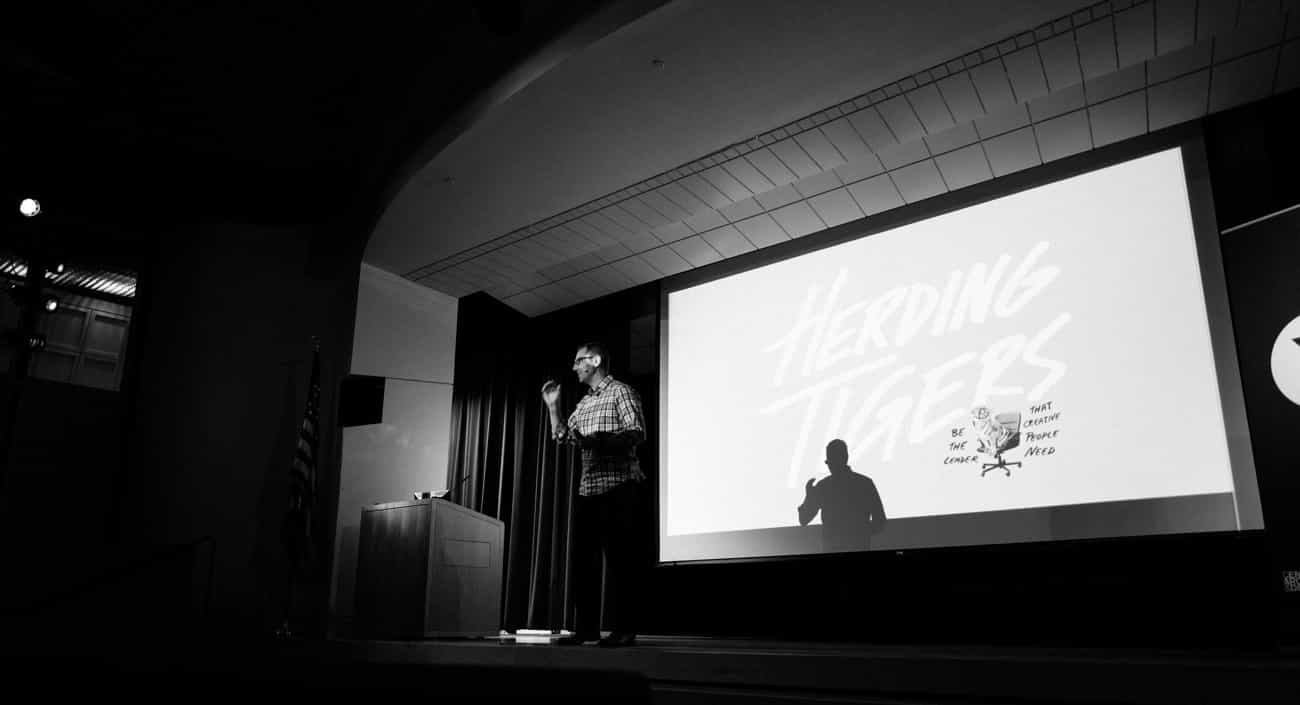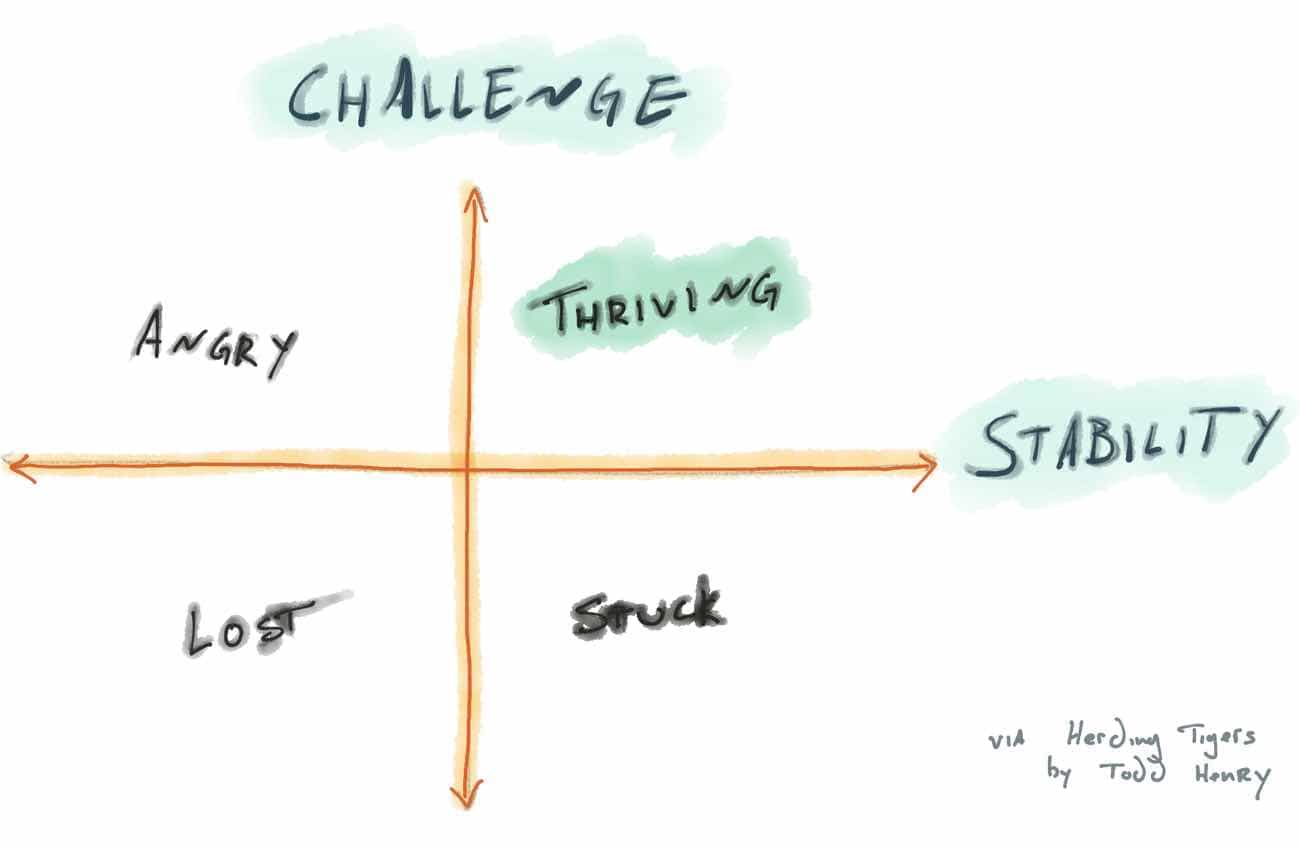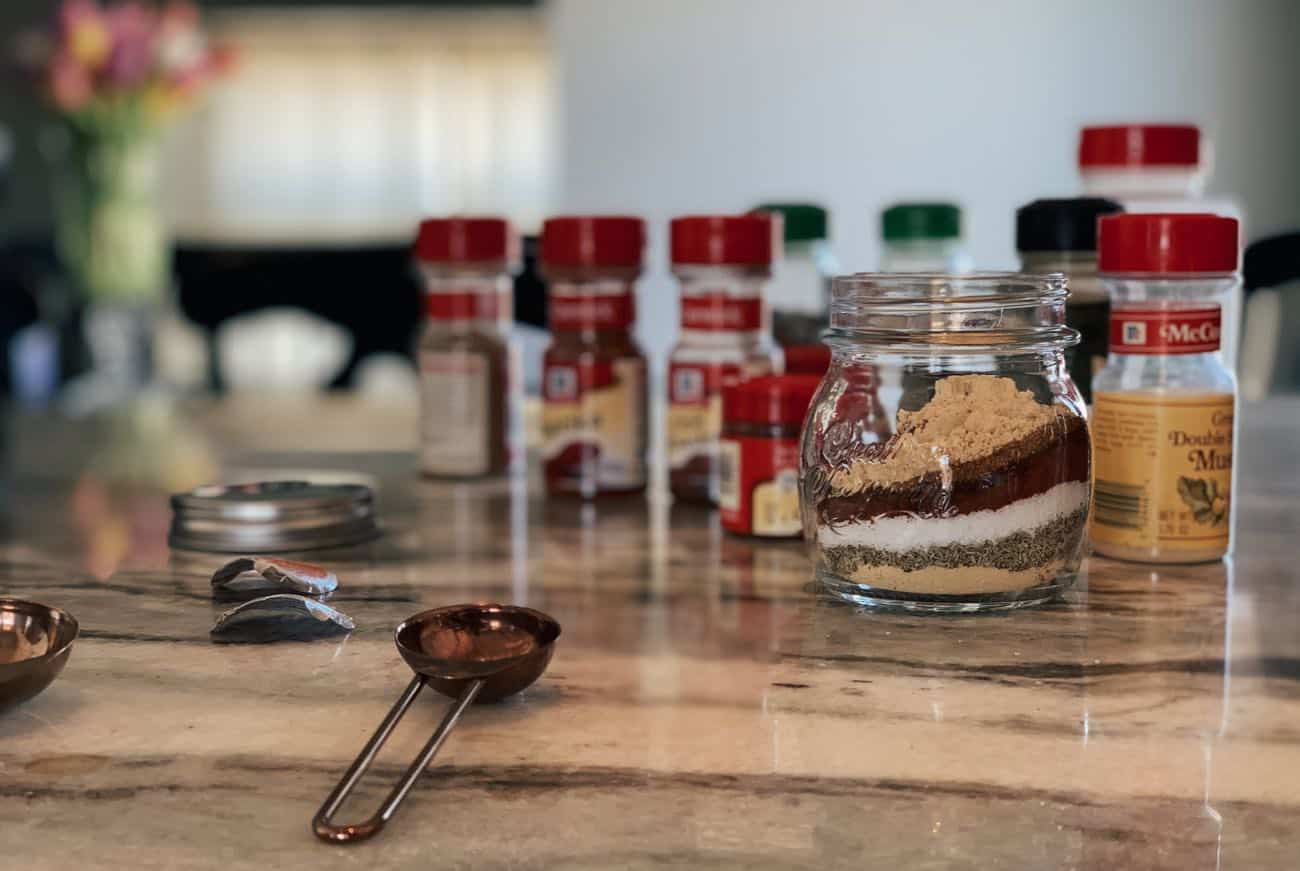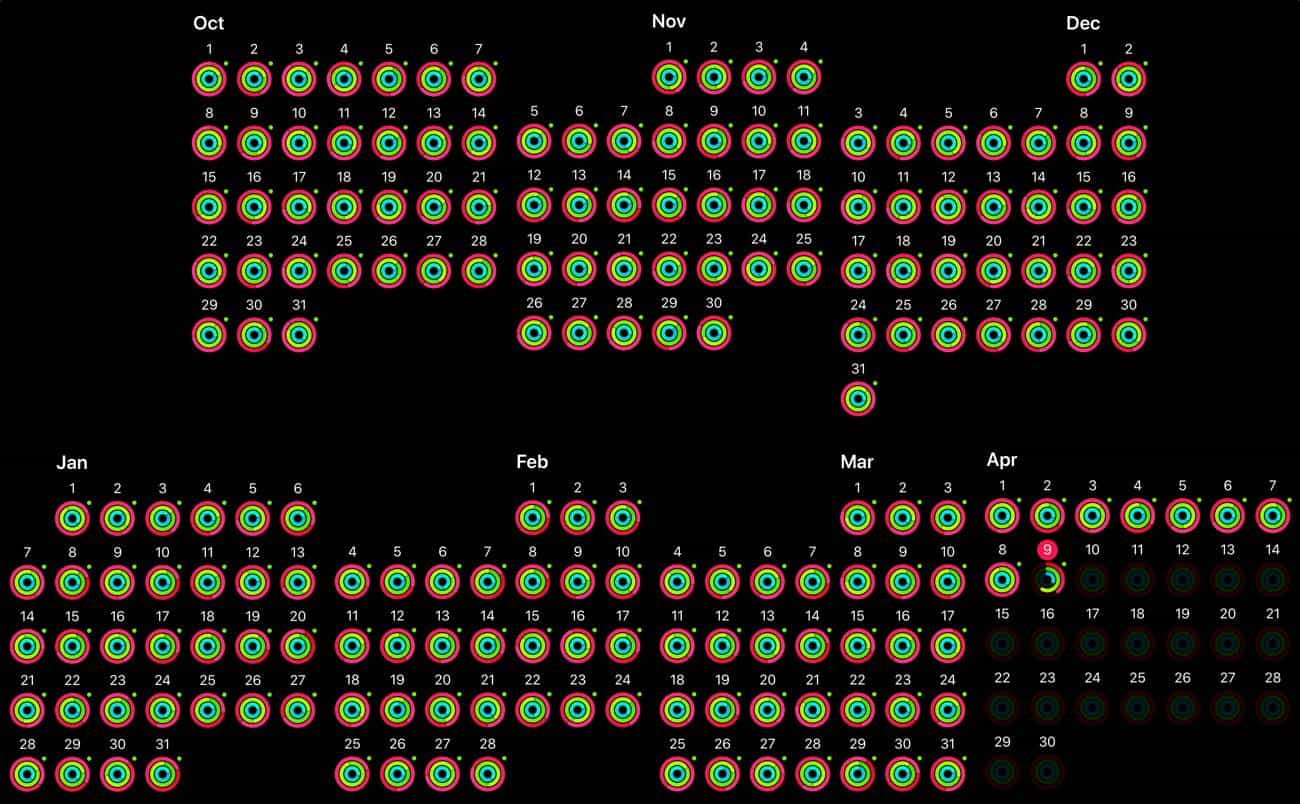
Last week my production manager, Isaac, and I went to a workshop hosted by Todd Henry. And it was absolutely incredible.
(I’ll tell you more about the workshop in just a second.)
Todd is the author of Accidental Creative and an absolute inspiration to me personally. He does so well at articulating the challenges of creative life while offering truly helpful solutions. A few years ago I was able to connect with Todd for an interview discussing how to thrive under creative pressure, how to stay creatively focused, and the “myth” of work-life balance.
Todd’s workshop here in Kansas City was from on his book most-recent, Herding Tigers, which is all about leadership. (Todd has an online course version here.)
Specifically, the workshop hit on the challenges of leading a creative team.
Since the creative process is largely opaque — with a lot of complexity and intricacies that aren’t always obvious or measurable — then there can be a natural pressure and strain within the workplace.
Needless to say, I took copious notes.
So. Many. Notes.
One thing I especially loved, which was brand new to me, was the Challenge / Stability Matrix.
As a leader, you need to ensure that your company, your team, and each person within your team has the proper balance of challenging work plus stability.
This balance is unique for each team, as well as unique for each person.
You have your own needs and definitions for work that you consider challenging. And you also have your own different needs for what helps you feel stable and supported to do that work.
As you increase a team members challenges at work, you also need to increase their stability. Otherwise people will feel as if you are expecting things from them without giving them the resources they need. They will feel angry.
With the proper balance of challenge and stability, then people will be able to thrive.

This balance of challenge and stability is variable for every organization as well as every person on your team….
If someone on your team often acts irrationally angry, then perhaps they don’t have enough stability.
Or if someone is always asking for more work, then perhaps they are not being challenged enough.
Consider yourself, your co-workers, those you lead, and ask yourself if there is the proper blend of challenging work along with the stability needed to be able to thrive.




